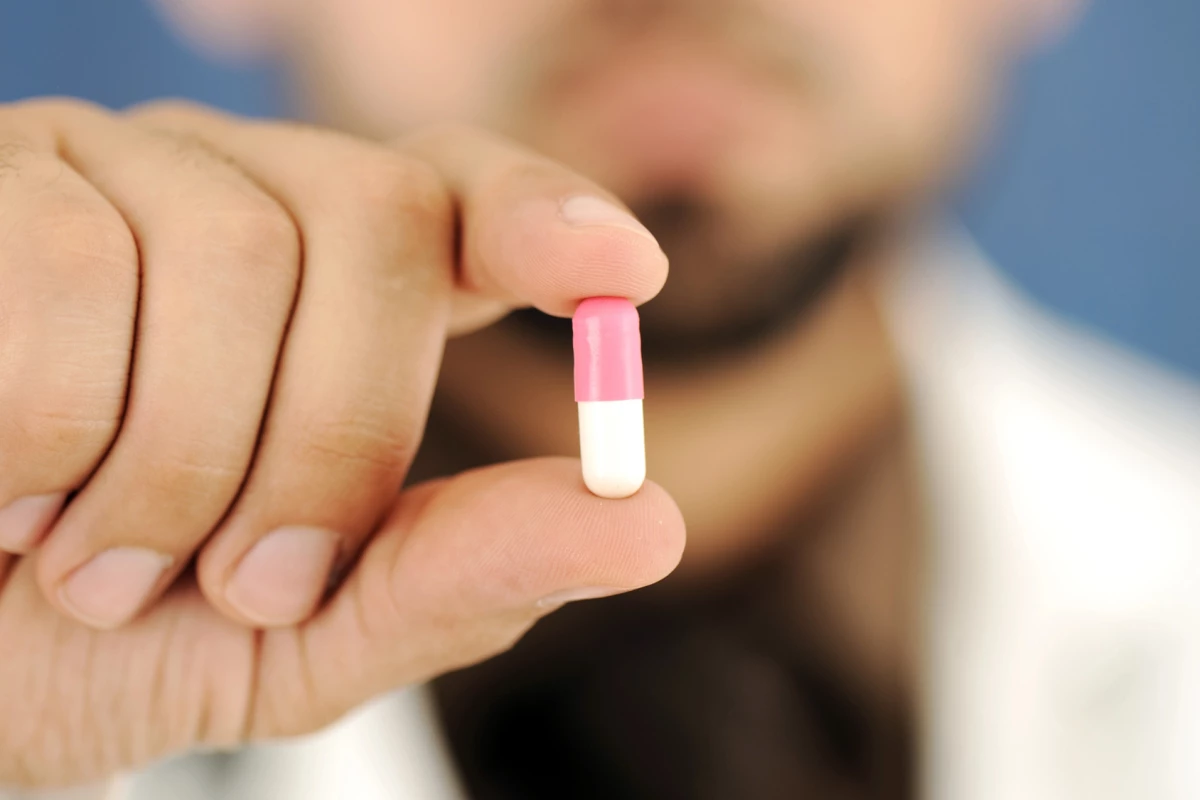Researchers have combined the bacteria-killing actions of two classes of antibiotics into one, demonstrating that their new dual-action antibiotic could make bacterial resistance (almost) an impossibility.
Pathogens such as bacteria threaten human health, so we dole out antibiotics. The bacteria then develop resistance to the antibiotics. While bacterial threat remains the same, our treatment arsenal is less effective, if it’s effective at all. In essence, that’s the problem caused by antibiotic resistance.
But now, researchers from the University of Illinois Chicago (UIC) may have replenished the arsenal with a new antibiotic, one that could make it nearly impossible for bacteria to develop resistance to.
“The beauty of this antibiotic is that it kills through two different targets in bacteria,” said Alexander Mankin, distinguished professor of pharmaceutical sciences at UIC and the study’s co-corresponding author. “If the antibiotic hits both targets at the same concentration, then the bacteria lose their ability to become resistant via [the] acquisition of random mutations in any of the two targets.”
The class of antibiotics called macrolides have been used for decades to treat various bacterial infections. You can tell a macrolide antibiotic because they end in ‘–mycin’. Erythromycin, for example. Chemically, macrolides are composed of a macrolactone ring decorated with side chains. They stop bacterial growth by binding to the bacteria’s ribosome, its protein-producing machinery, inhibiting protein synthesis.
Quinolones are a large family of broad-spectrum antibiotics, almost all of which are fluoroquinolones. The difference is in their respective chemical structures. Whereas both are composed of a two-ringed nitrogen-containing system, quinolones include a ketone, while fluoroquinolones include a fluorine atom. Almost all quinolones and fluoroquinolones end in ‘–floxacin’. Ciprofloxacin is an example that’s commonly used in healthcare. These antibiotics work by interfering with bacterial DNA synthesis.
Since the first macrolides were developed, efforts have been made to improve them by replacing their side chains with structures resembling fluoroquinolones. In the present study, the researchers experimented with synthesizing a new ‘macrolone’ that performed the protein-synthesis-inhibiting function of a macrolide or the DNA-synthesis-interrupting function of a fluoroquinolone, depending on the dose.
The researchers found that the macrolones they developed bound more tightly to the bacteria’s ribosome than traditional macrolides. They even bound to and blocked ribosomes from macrolide-resistant bacteria and failed to trigger the activation of resistance genes. Many were better at inhibiting one function or the other. However, one of them, MCX-128, hit the “golden spot”, interfering with both functions at its lowest effective dose and standing out as the most promising candidate for a new antibiotic.
“By basically hitting two targets at the same concentration, the advantage is that you make it almost impossible for the bacteria to easily come up with a simple genetic defense,” said Yury Polikanov, associate professor of biological sciences and another of the study’s corresponding authors.
Based on their results, the researchers estimated that their macrolone antibiotic “would make it 100 million times more difficult for bacteria to evolve resistance.”
The study was published in the journal Nature Chemical Biology.
Source: UIC





